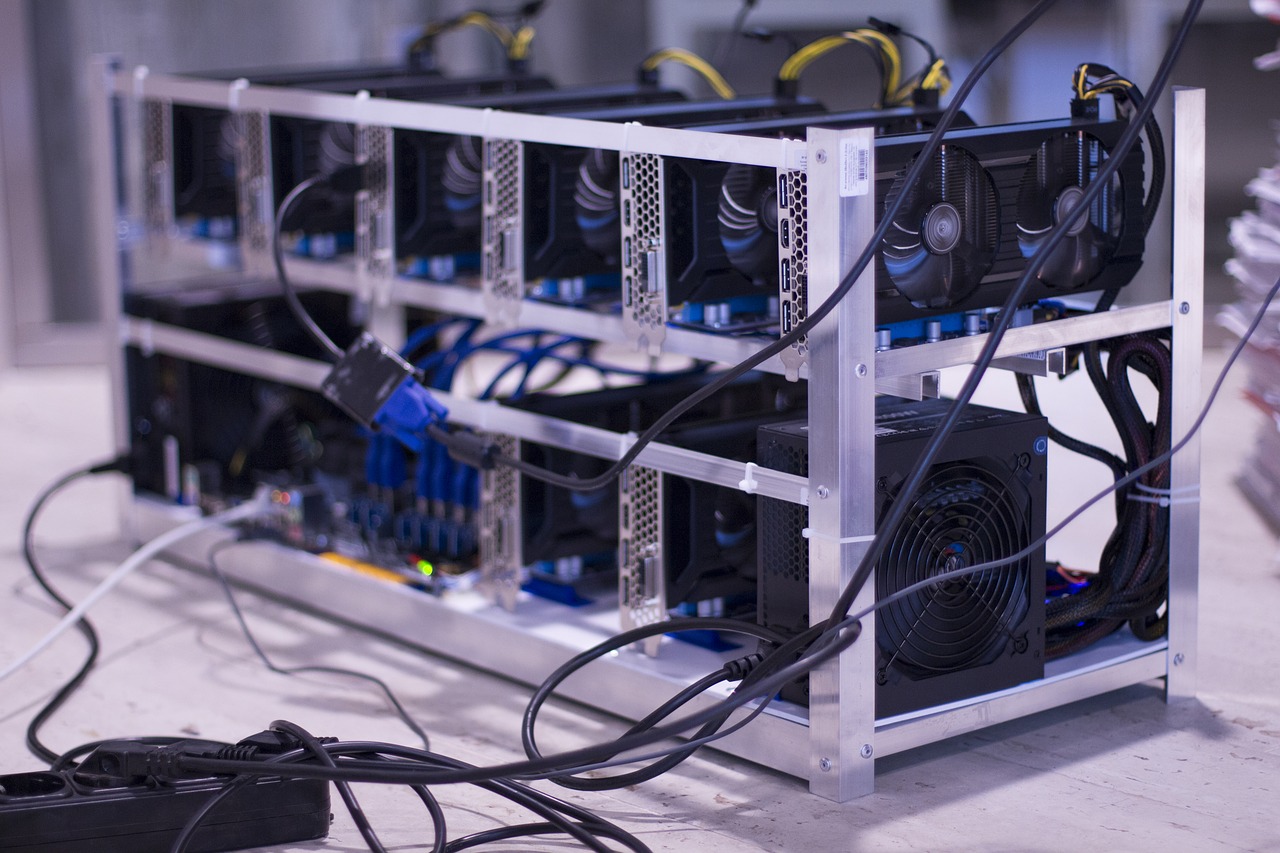Russians scientists and engineers have certainly done their part as contributors to the advancement of global science and technology. Russians have made considerable contributions to railroads, aircrafts, cars, computers, televisions, radios, helicopters, solar cells, electrical transformers, synthetic rubber and more.
But after the Fukushima disaster the thought of a Floating Nuclear Power Plant seems risky on all kinds of levels. As the world moves toward safer and more sustainable technologies it is just too easy to imagine a tsunami destroying a floating nuclear plant.
Russians believe that with slight alterations to existing nuclear powered submarine and icebreaker technology that the Russians have been using for decades, a Floating Nuclear Power Plant is feasible. The latest design is for a non-self-propelled vessel about 500 feet long by one hundred feet wide, a height of 35 feet and a draught of 20 feet. The vessel would displace 21,500 tons and have a crew of 70.
The vessel would have two 35 megawatt nuclear fission reactors based on the KLT-40 reactor used in Russian icebreakers. KLT-40s are Pressurized Water Reactors (PWR) fueled by 40% or 90% enriched uranium-235 to produce 135 to 171 megawatts of thermal power. Two KLT-40s would produce about 300 MW of power providing enough energy for a population of 200,000 people. Energy produced by the reactors would be pumped to on shore stations where it would be distributed.
Russian scientists argue that locating floating nuclear power plants offshore but in relatively deep water will help them avoid problems caused by earthquakes and tsunamis. In deepwater tsunamis have minimal effect on floating structures.
Russian scientists also argue that if the plan was subject to a terrorist attack or some kind of disaster the core of the reactor, contained in an airtight seal could be lowered into the ocean cooling the fuel and preventing atmospheric release.
On the other hand, a number of prominent Russian scientists and engineers with significant experience in nuclear and radiation safety, biologists, and nuclear submarine designers believe the project is doomed to failure and the only question is not if but when a disaster occurs. Cleaning up a large nuclear spill in the ocean would present great containment problems.
Plans on the drawing board are to locate Russia’s new Floating Nuclear Power Stations mainly in the Russian Arctic. 15 countries including China, Indonesia, and Malaysia have reportedly expressed an interest in this technology.






